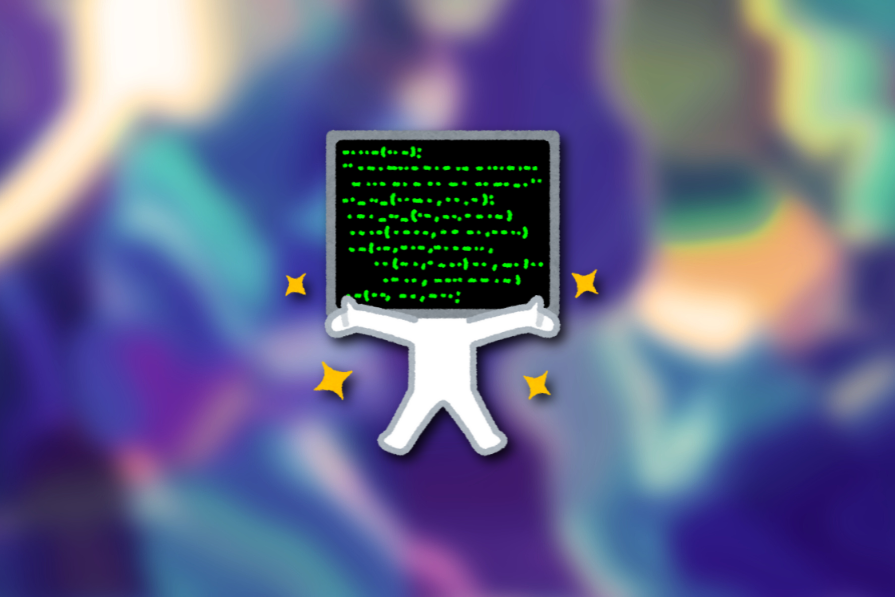Logrocket
1M
110

Image Credit: Logrocket
Retro-futuristic UX designs: Bringing back the future
- Retro-futuristic designs offer a creative alternative to minimalist UI/UX designs, infusing nostalgia and futuristic aesthetics into digital experiences.
- These designs use neon color palettes, cyber-themed typography, dark backgrounds, and metallic textures to create a distinct visual style.
- Retro-futurism speculates about a 20th-century imagined future, blending vintage aesthetics with futuristic aspirations in fields like automotive, robotics, biotechnology, and space travel.
- Key characteristics of retro-futuristic designs include neon color palettes, cyber-themed typography, dark or metallic backgrounds, sci-fi imagery, and immersive UI effects.
- Retro-futurism is particularly effective for video gaming, AI, robotics applications, and design agency websites, where engaging and immersive aesthetics are prioritized.
- Benefits of using retro-futuristic designs include nostalgic connections, memorable user experiences, branding appeal, and creative freedom.
- Examples of retro-futuristic designs span categories like cyberpunk, sci-fi computer technology, space exploration, machinery and robotics, and pixel-art designs.
- Retro-futurism can integrate concepts like skeuomorphism, neumorphism, maximalism, minimalism, and brutalism to cater to various design needs and user preferences.
- Designers should focus on staying true to the retro-futuristic theme, improving usability and accessibility, avoiding outdated UX, and maintaining efficiency in the design process.
- A checklist for retro-futuristic designs includes blending nostalgia with futuristic elements, prioritizing legibility, ensuring intuitive navigation, and testing for real-world usability.
Read Full Article
6 Likes
For uninterrupted reading, download the app